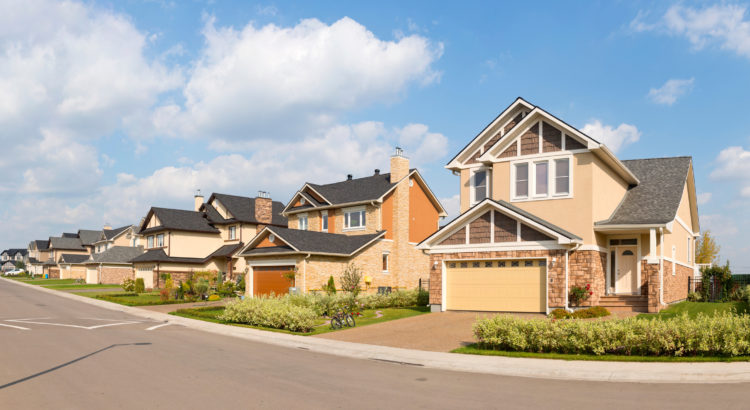The COVID-19 pandemic has changed the way many Americans — whether buyers or renters — want to live, seemingly overnight.
Prior to the pandemic, giving up square footage in exchange for living in a luxury rental building in an urban location with over-the-top shared amenities like a rooftop deck with a pool seemed like a fair exchange for many.
Now, the idea of living in an expensive-yet-small apartment that has to do triple duty as an office and workout space while navigating elevator rides with potentially infected neighbors no longer seems like such a good idea, as many renters across the country seek to exchange high-rise living with single-family homes.
Based on current demographic trends, the single-family rental market will likely be undersupplied over the next 10 years, according to a new report from RCLCO Real Estate Advisors, suggesting the sector presents a strong market opportunity in the coming decade.
Currently, approximately 6% of new single-family homes are purpose-built for-rent, which would result in approximately 700,000 new units over the next 10 years. But according to the report, that might not be enough to meet demand.
Following the Great Recession, the share of single-family rental homes in this country expanded substantially due to an excess of for-sale inventory and a large vacant stock of newly foreclosed single-family homes. While the COVID-19 recession could potentially lead to more foreclosures and push more units into rental inventory, that’s not the trend to date.
Although large institutional investors started moving into rentals — a market previously dominated by small mom and pop investors — after the Great Recession, they still only own a small percentage of the single-family rental market. But the RCLCO report said the number of institutional investors actively moving into the built-for-rental space is growing, as high home prices are keeping many households, especially first-time buyers, out of the for-sale market.
An early investor in single-family rental homes, Tricon Residential established a joint venture with two global institutional investors several years ago to acquire an additional 10,000 to 12,000 single-family rental homes. In addition to acquiring homes from the resale market, the company moved into the build-to-rent space by purchasing moderately sized single-family lots, often located within master-planned communities, partnering with area builders to deliver rental homes, typically custom-designed, as a rental product.
American Homes 4 Rent, another large institutional owner of single-family properties, has also moved into the build-to-rent space recently, purchasing lots from developers and partnering with builders for the vertical construction.
Although millennial households are finally transitioning from renters to owners, their rate of homeownership is still below that of Gen Xers and Baby Boomers, thanks to the Great Recession, the rising cost of higher education and ensuing student loan payments. “While many lack the resources to purchase, they are attracted to the lower density and private outdoor spaces that single-family rentals offer, but without the down payment and commitment of ownership,” the report read.
New for-sale housing isn’t helping them out either. Due to increasing costs for land and materials, builders are more focused on the higher-end market where the margins are better.
Meanwhile, lack of inventory means home prices are unlikely to fall substantially or for any great length of time, the report predicted.
“Given strong household growth and a lower than historical ratio of housing production to that growth, recessionary impacts to home prices are likely to be short-lived and a lasting return to general housing ‘affordability’ is unlikely any time soon.”
Another emerging COVID-19 demographic trend is a growing preference for suburban locations, not only due to anxiety about living in higher density locations and/or concerns about relying on public transportation.
Even so, the report predicted millennials will expect their suburban location of choice to offer the same shopping, dining and entertainment opportunities that urban locations have to offer.
“We do expect suburban activity centers to make a come-back as the health crisis recedes given Millennials’ demonstrated preferences for locations with a sense of place and urban amenities,” the report said. “Given the anticipated undersupply of single-family rentals for the foreseeable future, this segment represents a strong opportunity for investors, builders and developers to create new rental home communities in a variety of formats, serving a growing market.”


